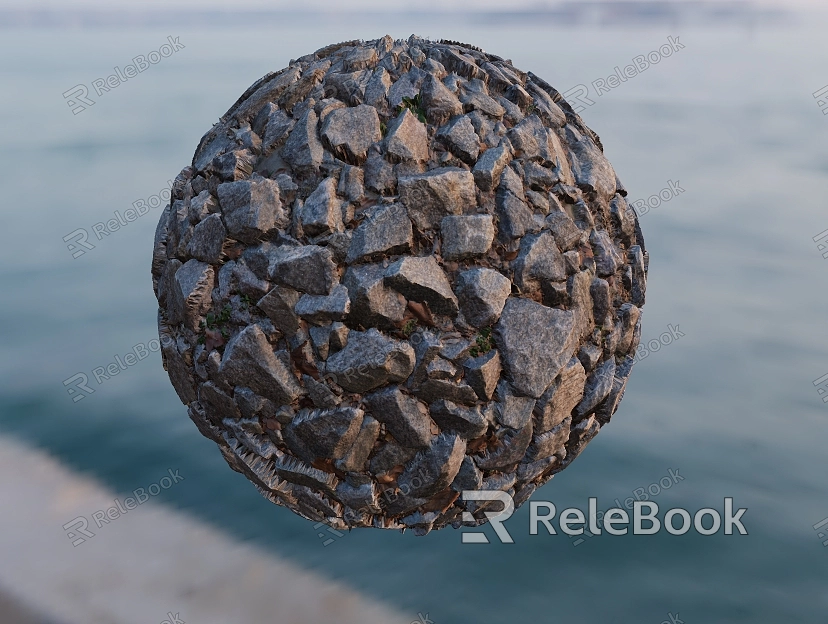How to Add Textures to Stone Models in V-Ray Modeling Software?
In the world of 3D modeling, creating realistic stone models is essential for various industries such as architecture, interior design, and visual effects. One crucial aspect of achieving realism is adding textures to these models. In this article, we will explore the process of adding textures to stone models using V-Ray modeling software.
Gathering Textures:
Before we begin, it’s important to gather the necessary textures for our stone model. You can find high-quality stone textures online or create your own by photographing real stones or utilizing texture libraries. Ensure that the textures match the type of stone you are modeling, whether it’s marble, granite, or sandstone.If you need it, I recommend downloading 3D textures from Relebook. There is no better choice than this.

Importing the Stone Model:
Launch V-Ray modeling software and import the stone model you want to add textures to. Make sure the model is properly scaled and positioned in the scene.
Applying Base Materials:
To add textures, we first need to apply base materials to the stone model. Select the appropriate material for the type of stone you are modeling. Adjust material properties like color, reflectivity, and roughness to achieve the desired appearance.
UV Mapping:
Next, we need to perform UV mapping on the stone model. UV mapping involves unwrapping the 3D model onto a 2D plane, allowing us to apply textures accurately. In V-Ray, you can use the UVW Map modifier to access the UV mapping tools. Adjust the mapping coordinates to match the model’s shape and size.
Texture Projection:
Once UV mapping is complete, we can proceed with texture projection. V-Ray offers various methods for texture projection, such as box, cylindrical, or spherical mapping. Choose the appropriate projection method based on the shape of the stone model. Apply the textures to the corresponding UV map, ensuring they align correctly with the model’s geometry.
Adjusting Texture Parameters:
After applying the textures, it’s time to fine-tune their appearance. Utilize V-Ray’s texture parameters to adjust properties like scale, rotation, and offset. Experiment with different settings to achieve the desired look for your stone model.
Adding Additional Details:
To enhance the realism of the stone model, consider adding additional details such as bump maps or displacement maps. These maps simulate surface irregularities, giving the model a more textured and realistic appearance. Apply these maps to the appropriate material channels and adjust their parameters accordingly.
Rendering the Final Result:
Once you are satisfied with the texture placement and appearance, it’s time to render the final result. Set up the lighting and camera angles to showcase the stone model in the best possible way. Adjust the rendering settings for optimal quality and initiate the rendering process to generate the final image or animation.
Adding textures to stone models in V-Ray modeling software is a crucial step in achieving realism and creating visually stunning representations. By following the steps outlined in this article, you can enhance your stone models and bring them to life with textures that accurately depict the appearance of various types of stone. So, dive into the world of stone modeling with textured perfection in V-Ray!

